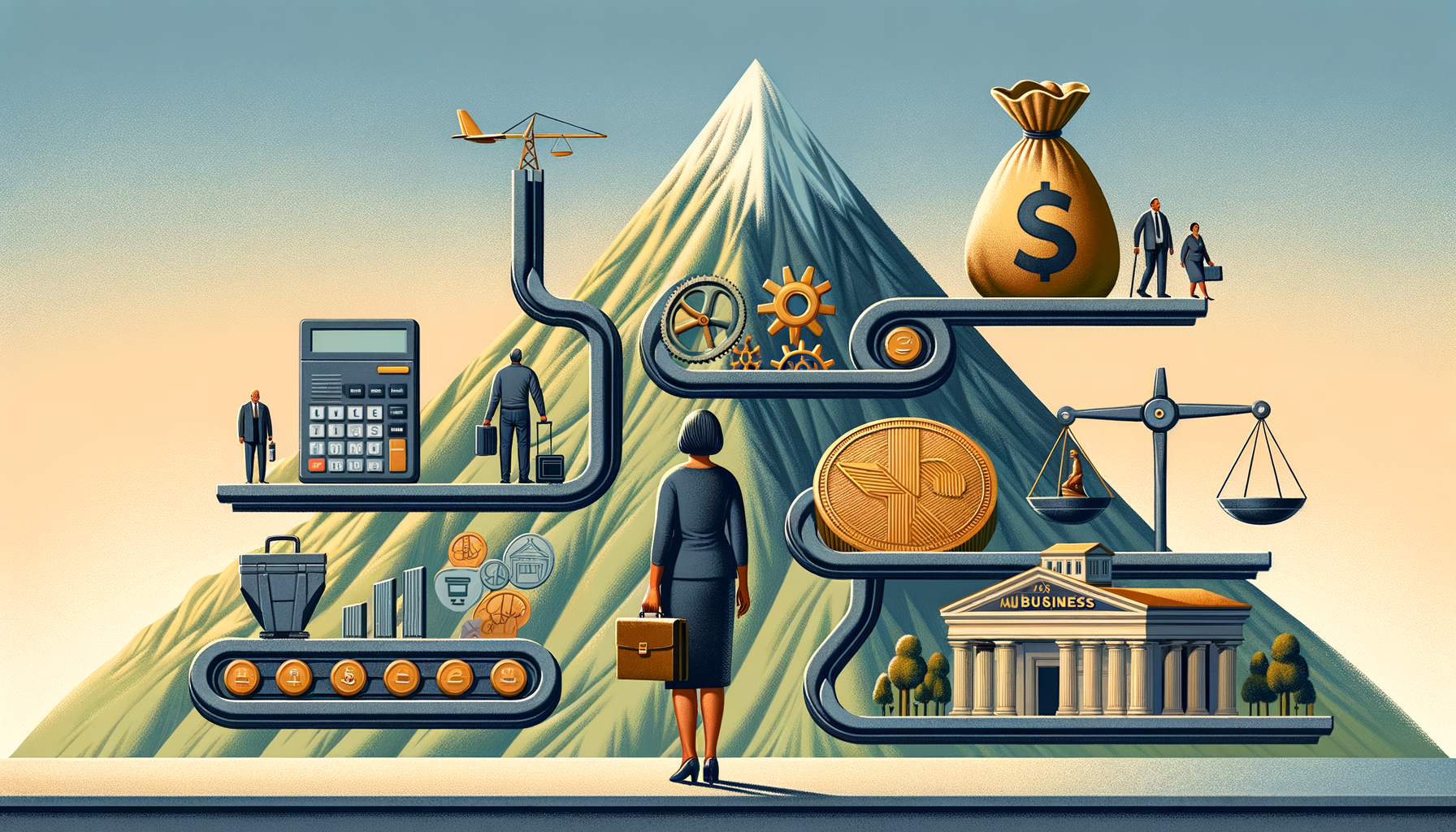“Unlocking the Potential of Secure 2.0: A New Horizon for Retirement Savings”

Navigating the intricate world of retirement saving can be a daunting task for many individuals across the country. This is particularly true considering the ever-evolving pension reforms. One recent development that is attracting significant attention is the Securing Every Community for Retirement Enhancement 2.0 (SECURE 2.0) legislation, which has been tabled before the US House of Representatives.
The piece of legislation aims to revolutionize retirement savings and processes, offering essential game-changing advancements. The most notable aspects of SECURE 2.0 are its attempts to create a culture of savings among Americans and provide a softer landing for individuals approaching retirement. In essence, should SECURE 2.0 be implemented, it could offer a lifeline to individuals feeling the burden of retirement saving.
A key basis of the SECURE 2.0 legislation is automatic enrolment, a feature that has been discussed extensively in recent times. Studies suggest that automatic enlisting for retirement savings can be a game-changer. This design can lead to an exponential increase in the amount of retirement savings over time.
The SECURE 2.0 Act proposes that companies with more than ten employees, in business for at least three years, must enroll their employees automatically in a retirement plan. The proposed Automatic Retirement Plan Act (ARPA) allows for exception in cases of companies with gross receipts below a specific threshold or if the firm fits within any other exemptions defined by the Secretary of the Treasury. The starting contribution rate, according to the proposal, should be at least three percent of the employee’s compensation but not more than ten percent.
As the years go by, the contribution rates will gradually increase to reach a capped eight percent, ensuring that savings accumulate over time. However, this does not mean individuals won’t be able to choose the savings rate that best suits their income and expense balance. If an employee feels unduly burdened, they can adjust the contribution to a level that they are comfortable with, or even opt-out of the system.
One of the significant attractions of the automatic enrollment process is its simplicity. Automatic enrollment eliminates the necessity for employees to make difficult decisions regularly. Instead, savings are made easy, accustoming individuals to a culture of putting away money for their sunset years. This mechanism benefits not only employees but also employers who can consequently boast of a robust pension plan system, thus attracting the best talent in the market.
Reflecting the society’s changing dynamics, SECURE 2.0 also seeks to accommodate part-time employees who were traditionally locked out of retirement benefits. As per the current legislation, employees should have completed at least 1,000 hours of service in the preceding year to be eligible for their employers’ defined contribution plan. SECURE 2.0, on the other hand, suggests lowering this requirement to a minimum of 500 hours of service over the past three years.
This proposal could be a significant boost for gig workers, transient employees, and stay-at-home parents who are often reliant on part-time work. With this new rule, they will be able to save for retirement more aggressively and enjoy the same benefits as full-time employees. This move can not only encourage a culture of saving but also reduce income inequality by ensuring part-time workers have a more secure future.
Another aspect of SECURE 2.0 that is drawing attention is the provision of catch-up contributions. In simple terms, a catch-up contribution is an elective deferral made by those over 50 years old to their retirement plan, over and above the limit set by the plan. Previously, this feature was only accessible to people over 50 years old, but SECURE 2.0 has extended it to individuals aged 60 and above.
Alongside expanding the age criteria, the new proposal also has provisions to increase the catch-up limit from its existing $6,500 to $10,000 for 401(k) and 403(b) plans, and from $3,000 to $5,000 for SIMPLE retirement accounts. This adjustment can be a substantial help to approaching retirees who may have been late to plan for retirement or faced unforeseen financial hardships.
One potential drawback of SECURE 2.0 is its likely effect on small businesses. The Act mandates businesses to offer retirement plans, which might be an additional compliance burden. Despite offering tax credits to offset the costs, it might still pose challenges to businesses already struggling in a post-pandemic economy. While it’s essential that everyone has access to provisions allowing them to save for retirement, the government needs to strike a careful balance to avoid unintentional detrimental impacts on small firms.
Overall, despite its potential shortcomings, tackling the retirement savings process’s complexity through automated mechanisms encapsulates SECURE 2.0’s central ethos. The legislation aims to encourage a culture of saving among Americans who often find themselves falling short of funds to live comfortably post-retirement. By increasing ease and accessibility in retirement planning, SECURE 2.0 presents significant potential for transforming America’s savings culture.
In conclusion, while SECURE 2.0 is not a comprehensive solution, it is a significant step towards helping Americans secure their financial future. The series of improvements around automatic enrollment, broader eligibility, and adjustments to the catch-up contributions can go a long way towards reshaping the retirement savings canvas. The hope is that this move will create a more inclusive, proactive savings culture and ensure financial independence for all Americans in their senior years.
